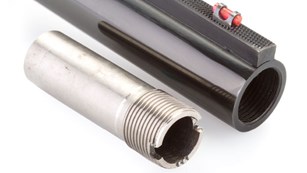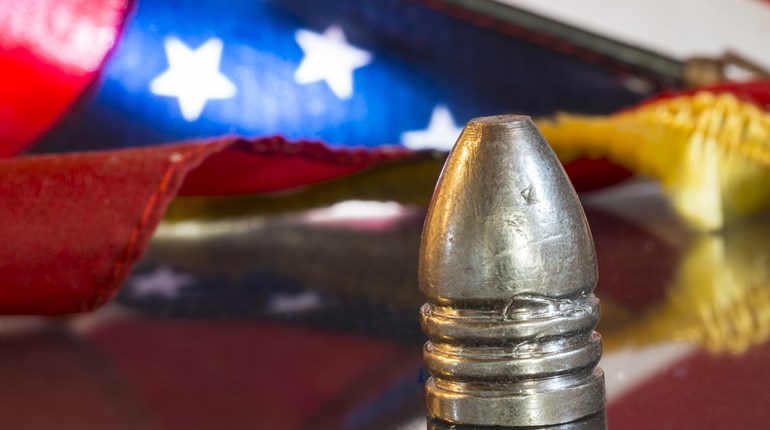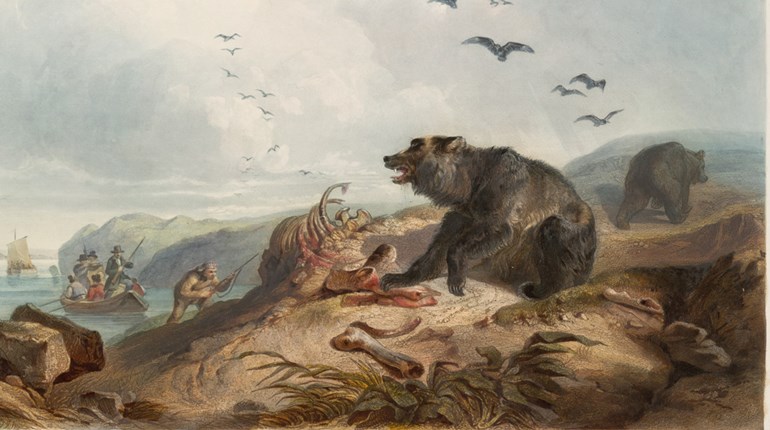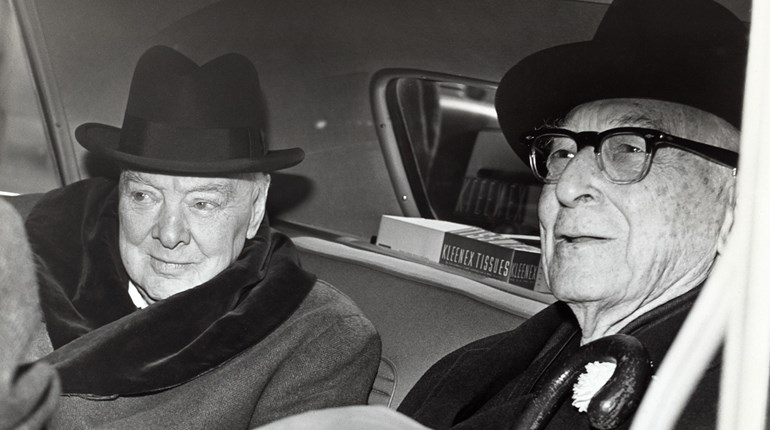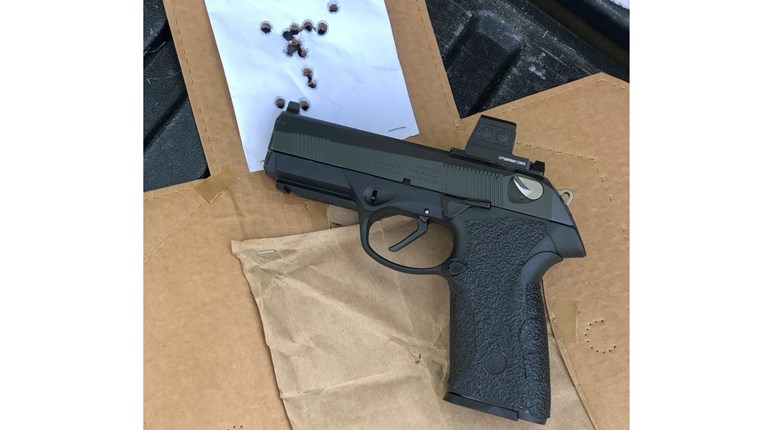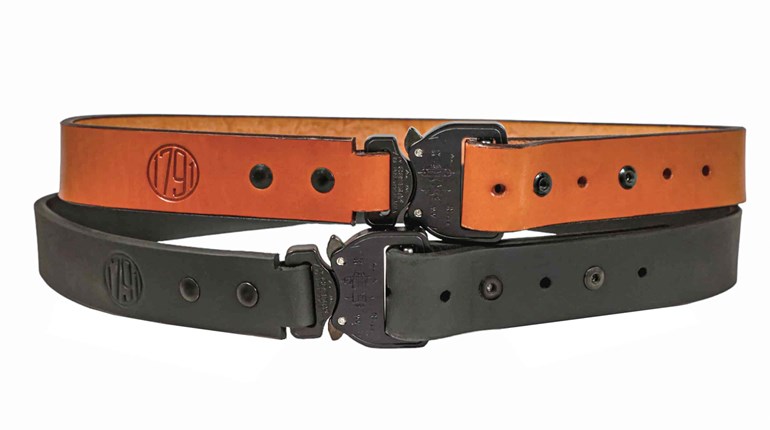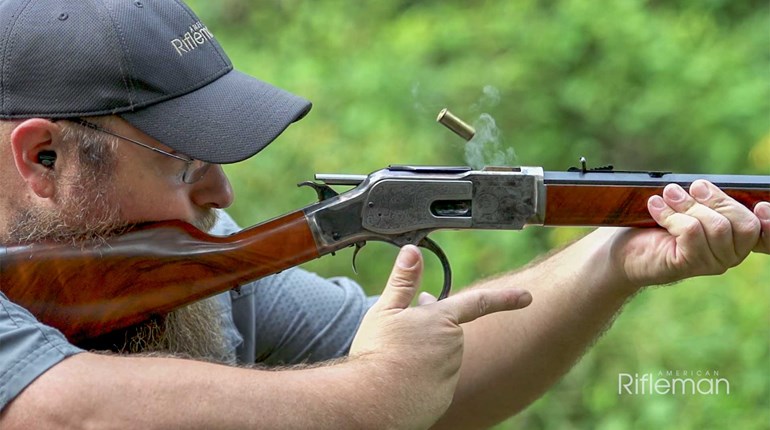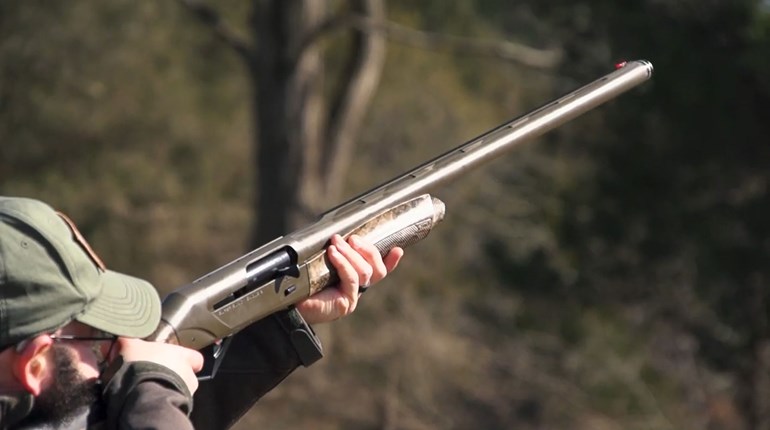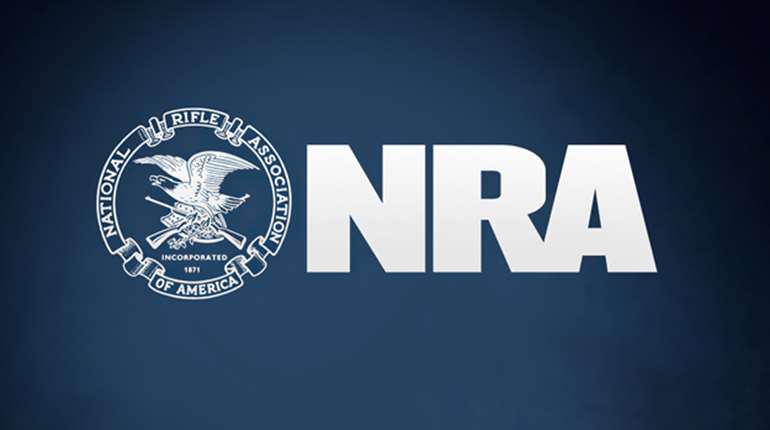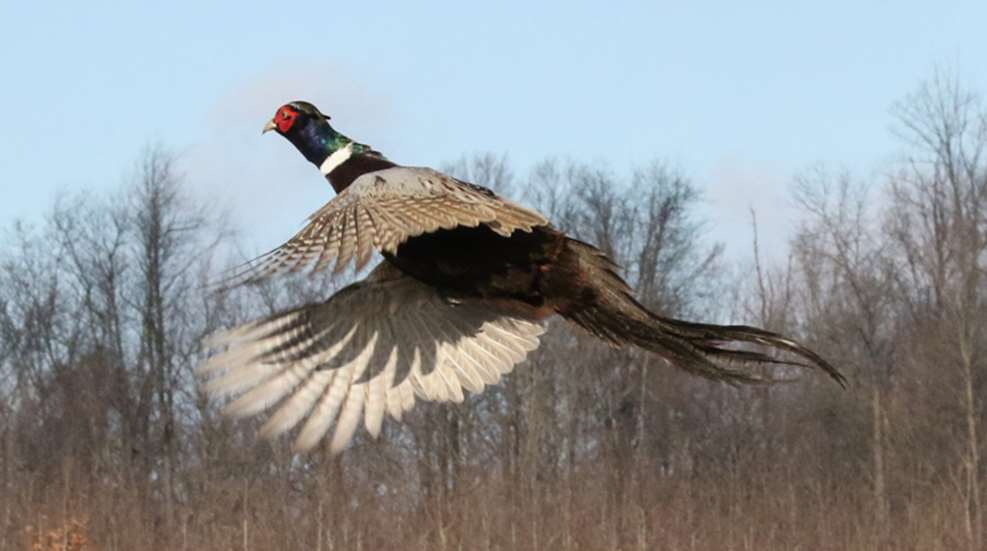
In 1984, the young husband-wife team of Sam and Peg Ballou packed all of their earthly belongings into a small trailer, hitched it to a vehicle and left the mountains of Vermont for the flatlands of western Ohio. Their destination was the small town of Bucyrus, where Sam hoped to take over as manager of nearby Elkhorn Lake Hunt Club. Little did the Ballous know that, years later, they would own the business and grow it into one of the largest game-bird hunting preserves and ringneck pheasant hatcheries in the Midwest.
“At the time, Elkhorn was owned by Charlie Baehr and his wife,” remembers Sam. “Our agreement with the Baehrs was that I would work for Charlie for six months, and then, if we both felt good about the trial period, form a partnership. What’s amazing is that we never had a formal contract drawn up. It was just a gentlemen’s agreement, a simple handshake.”
To say that the agreement has worked well is understatement. When the Ballous arrived, Elkhorn encompassed just 160 acres and hunters were shooting 1,500 to 2,000 pheasants per year on the property. Today, Elkhorn Lake Hunt Club (www.elkhornlakehuntclub.com) is some 400 acres in size, and hunters shoot 16,000 to 17,000 ringnecks per year, as well as several thousand chukar partridge and bobwhite quail. In addition, Elkhorn Farms and Hatchery, a separate business, now hatches half a million pheasants annually, shipping them to game farms and hunting preserves all over the U.S.
When asked how someone looking to begin an outdoor career might break into the shooting preserve business today, Sam had the following advice. “It’s much like farming,” he said, “because of the high cost of land, the easiest way to get in is to be born into it.”
But since we can’t choose our parents, Sam also suggested the next-best route would be to find a hunting preserve manager or owner who is getting up in years and looking to retire. “Find a place where they will hire you as an employee, possibly a manager, and with the potential to someday buy the business, much like Peg and I did at Elkhorn.”
To find such an opportunity, Peg suggested checking with the North American Gamebird Association (www.mynaga.org). “Several of those opportunities exist right now,” she said. “There are people of retirement age currently running hunting preserves, who have no one to pass them on to. That’s not only sad, but if the owners can’t find a buyer, the hunting preserve eventually closes, the land is sold, and yet another piece of habitat is closed to hunting.”
There is also a way for a young person to prepare for managing a hunt club that was not available to the Ballous when they were first looking to break into the business. Sam mentioned that Kansas State University now offers an extensive course of study for potential hunting-preserve managers.
“The program primarily covers hunting-preserve and game-farm management, including the all-important aspect of how to handle the financial end of the business,” he said. “In addition, students get the basic science knowledge that all land managers need, such as forestry, ecology, pond management, those sorts of things.”
Peg added, “So those students end up with a four-year college degree that legitimizes them being in this industry and makes them more employable. The degree not only gives them a science and management background, but also the savvy it takes to market a hunting preserve in today’s anti-hunting environment of social media.”
In addition to formal training, Sam and Peg both stressed the importance of having “people skills” in their business. “The ability to communicate well with a wide variety of people and have them feel genuinely welcome at your facility is absolutely key to developing repeat customers,” said Sam. “It’s always been our policy at Elkhorn to immediately greet visitors as soon as they walk through the door of our clubhouse, especially first-timers. And then we do everything we can to make sure they have a good time while they’re here.”
The Ballous also mentioned the importance of time-management and being a self-starter. “You have to want to be in this business and have a passion for the out-of-doors to succeed,” said Peg. “It’s a lot of hard work, definitely not a nine-to-five job. But the business has been good to us, and we thank God for our success.”
All businesses have hard times, and Elkhorn’s low point came in 1988. “We offered pass shooting for mallard ducks at the time, and a corporate outing was taking place here,” Sam said. “One of the hunters shot and crippled a duck that fell into a pond, so I sent my retriever to fetch it. But the hunter then got out of his shooting blind and proceeded to walk up behind me, without me knowing it. As he did, he jacked another shell into his gun and the gun went off no farther than five feet behind me, the shotgun blast hitting me in the left heel.” Sam eventually recovered from his injury, but it took months. In the meantime, 1988 was also a severe drought year in Ohio, which hampered everyday operations at Elkhorn.
Then in January 2003, a severe snow storm knocked down the pheasant rearing pens, freeing some 10,000 birds. An ice storm in 2005 did similar damage, resulting in $100,000 worth of losses. The Ballous had insurance but the company refused to pay, stating that pheasant pens were not considered traditional structures, like a house, so were not covered under the policy. All that to say that running a hunting preserve is often unpredictable, and always vulnerable to the whims of nature.
Unlike many hunting preserves today, Sam and Peg Ballou have a plan for the future of Elkhorn. Two of their grown children, daughter Ruth and son Samuel, currently work in the business and plan to take over it over one day.
“One of the things we’ve learned through the years is that the American dream is still alive,” concluded Sam. “If a young person has a passion for the outdoors, and is willing to work hard, he or she can ultimately find success in this business.”
Sam and Peg Ballou, and their six children, are all NRA Life Members. In addition, Sam just finished a two-year term as president of the North American Gamebird Association, and Peg just completed a three-year stint as editor of NAGA News, the organization’s professional trade journal.



